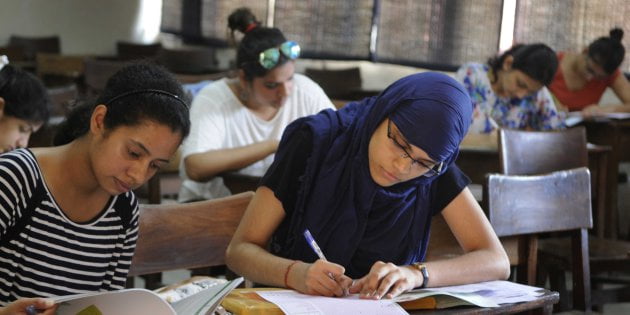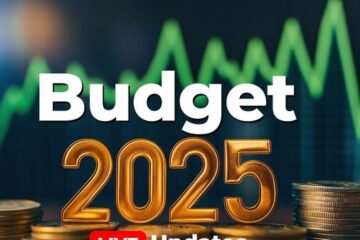
In this article, we jotted down our expectations from the Union Budget 2017-18. As a sequel to this piece, let’s see whether the budget could live up to these expectations.
This budget was touted as a crucial one for many reasons. The most important being the time at which it was being presented—right after the historic demonetisation move and at a point that marks the halfway milestone for the Narendra Modi government.
One great highlight of this budget was its focus on enhancing the quality of education.
While all eyes were on black money and corruption disincentives, easing cashlessness for the masses and farmers, as well as an increased impetus for real-estate, other infrastructure and industry—something that is always an expectation from this government—social sector reforms always end up taking a large chunk of the Central funds pie.
Take education for example. The entire sector has been allocated ₹79,686 crore this year, with the Department of School Education and Literacy receiving ₹46,356 crore and the Department of Higher Education getting ₹33,330 crore.
Higher education allocation has increased once again this year by approximately 12% (from revised estimates of 2016-17 to budget estimates of 2017-18) compared to a subsequent roughly 6% increase within school education. While overall this is good news, let’s take a quick look at what the Finance Minister, Mr. Arun Jaitley proposed in his speech and what it specifically held for the education sector.
Quality of education
One great highlight of this budget was its focus on enhancing the quality of education. For more than a decade now there has been a lot of public debate surrounding the quality of school education and how to maximise learning outcomes rather than focus disproportionately on inputs such as school infrastructure, etc. In this direction, the FM has proposed a new category for the assessment of Sarva Shiksha Abhiyan’s progress. All interventions within the scheme will now also be mapped along quality and learning outcomes.
Emphasis on research
The government’s announcement to empower higher educational institutions to become world-class institutions with a focus on research is an admirable one. Much has been said and written about the dwindling funds for high-quality research within Indian higher education institutions and thus, the difficulty in retaining good faculty, etc.
In addition, a Higher Education Financing Agency will be set up with an initial capital of ₹1000 crore. Moreover, reforms in the pipeline for the higher education regulator, UGC, and more autonomy for institutes spells good news for the sector. Outcome-based accreditation will be on the agenda.
A boost to entrepreneurship
The centre’s commitment to entrepreneurship education and training should also spur economic growth and help in achieving the ambitious GDP target set between 7-8%.
Online learning
It is encouraging to see a mindset shift from a policy perspective. This is evident with the launch of a platform called SWAYAM which will offer more than 350 online courses for free. This should propel online education significantly in the country and enable much-needed and large scale adoption of on-the-go, flexible, outcome-based and high-quality education. Developing the online education ecosystem in the country will not only address the challenge of access, but also allow content to be adapted real-time, basis relevance and industry needs, etc.
Incentive for continuing education while working
Some cheer has come for working professionals trying to upskill themselves and learning while doing full-time or part-time jobs. Those who are non-resident IIM students and enrolled in the PGDM program have now been provided service tax relief. This is encouraging in light of scores of working professionals who are now studying, and trying to acquire newer skills, while working.
A note of caution
The Budget, however, is far from breaking the status quo when it comes to the education sector. While more details are awaited on the break-up within all schemes, etc, from initial announcements and allocations many promises do seem like lip-service and only future courses of action will determine how much really changes.
All in all, the increasing focus on higher education, digital and online education, as well as learning outcomes and improving quality are heartening to witness in the form of budget proposals, only the test of time can help us deliver a verdict.
[Source:-Huffington Post]


